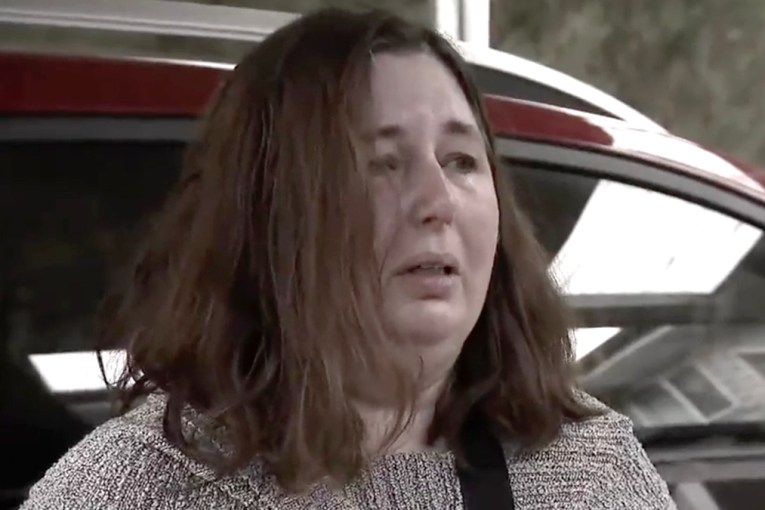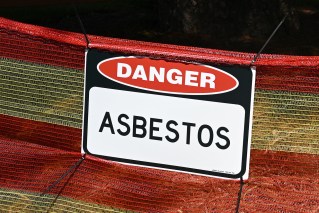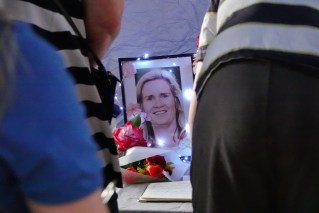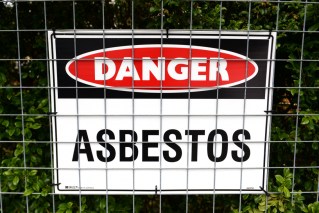Once-cheap suburbs no longer affordable, Melbourne rental data shows
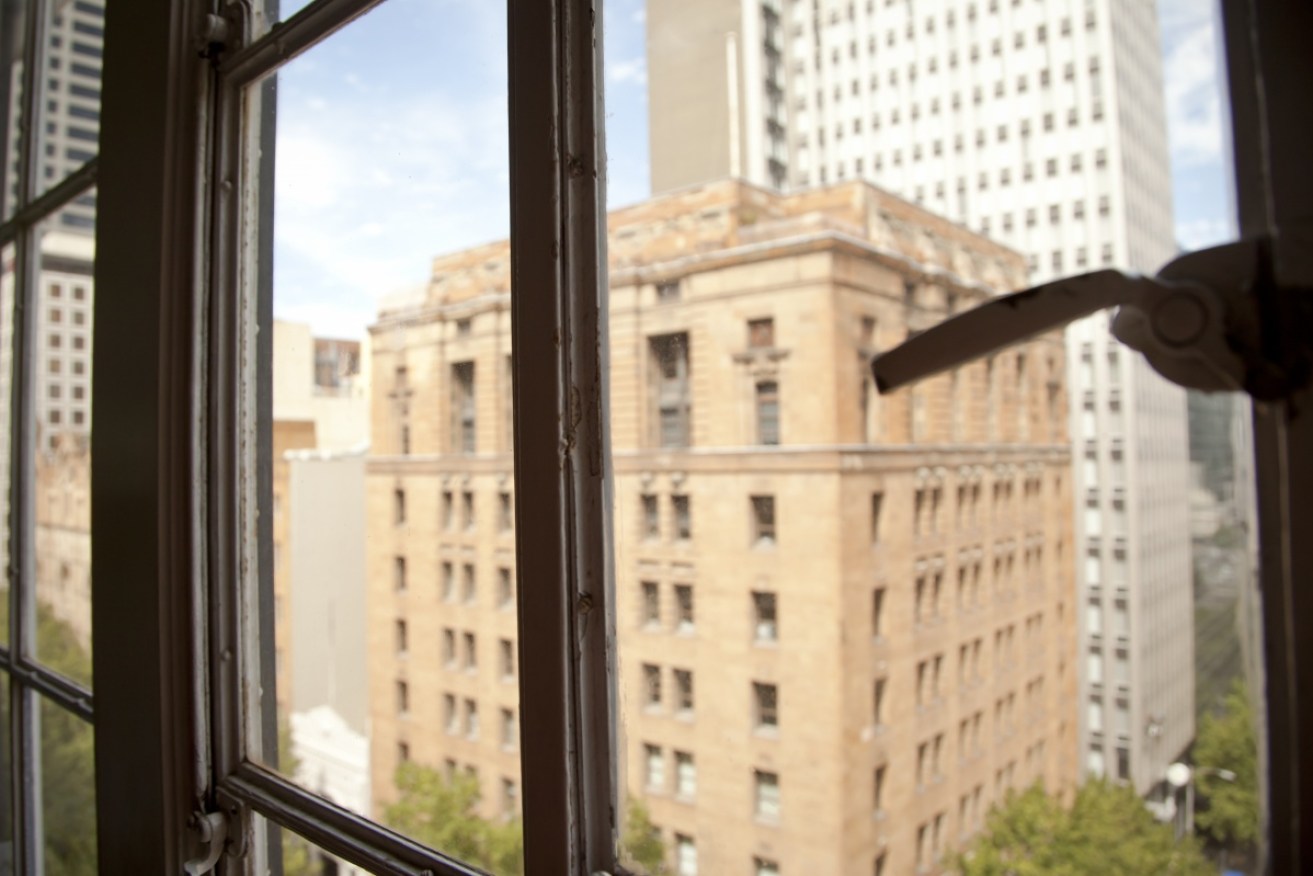
The Melbourne apartment boom has failed to provide affordable housing, new data shows. Photo: Getty
Many traditionally affordable Melbourne suburbs are now out of reach for people on low incomes looking to rent a home.
And despite the boom in apartment construction, there are fewer affordable one- and two-bedroom homes than there were 10 years ago.
These are the findings of an analysis by the Council to Homeless Persons (CHP) of the latest rental report from Victoria’s Department of Health and Human Services.
CHP found there were 10 local government areas (LGAs) in Greater Melbourne where a person on Centrelink benefits could afford a one-bedroom home, compared with 20 a decade ago.
Many of the no-longer-affordable LGAs were in suburban areas historically associated with lower rents such as Knox, Brimbank and the Yarra Ranges.

LGAs with affordable one-bedroom rentals 2007 vs 2017.
In December 2007, a person searching for a home in Greater Geelong had the choice of 74 available one-bedroom units, but a decade later they would have been competing for one of three.
A single parent on Centrelink benefits looking for a family home in Greater Dandenong could afford one of 124 two-bedroom rentals in 2007 but in 2017 that number was 30.
Heathmont resident Laura told ABC Radio Melbourne’s Jon Faine that she could only afford rent with help from her parents.
“I’m a single mum, I have a disabled child, I’m trying to return to work,” she said.
“I can’t see any way out of this situation. I mean I’ve been on the [public] housing list for 10 years and probably will be for another 10 years.”
More low-cost housing needed, experts say
“The problems Australia’s facing are stemming from demography, wages and finance,” said Dr Matthew Palm, a research fellow with University of Melbourne’s Faculty of Architecture, Building and Planning.
“People are living longer, so housing that would have normally turned over for young families is not turning over.
“Financially speaking you’ve got a lot of capital flooding the markets [from] investors looking to make some returns.
“Also, wages have not kept pace with the rising cost of housing.”
He said there was a need for governments to facilitate the construction of more housing for the lower end of the market.
Union Community Housing’s Sarah Toohey said governments had not built enough public housing in the past 20 years.
“We, in the ’50s and ’60s, built social housing as a matter of course year on year,” she said.
“That started to decline in the 1990s so now we have a social housing system that makes up less than 5 per cent of the total Australian housing market.”
The Council to Homeless Persons is calling on the Victorian government to fast-track its controversial Public Housing Renewal Program.
Under the program, ageing public housing blocks will be demolished and replaced by taller, higher-density developments containing a mix of public and private housing.
Concerns have been raised over the plan, which will see much of the state’s public housing land sold to private developers in exchange for a 10 per cent increase in public housing stock.
A similar project in Ashburton last year sparked protests, with locals complaining about the increased height and density of the new development.
A parliamentary inquiry into the program is due to report in June.
